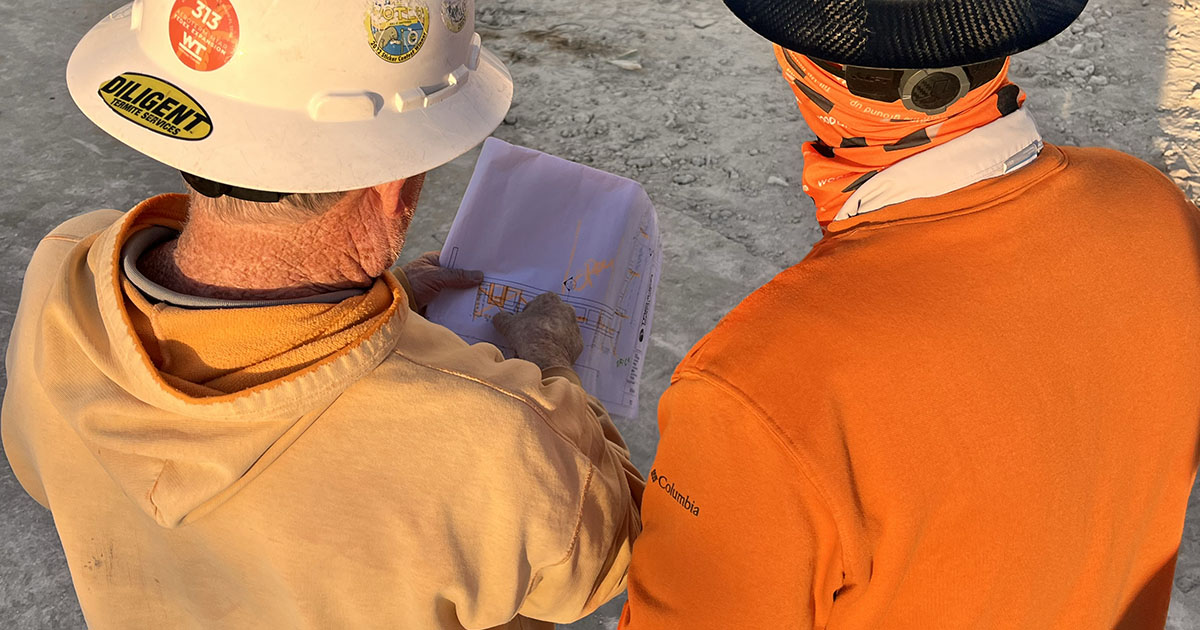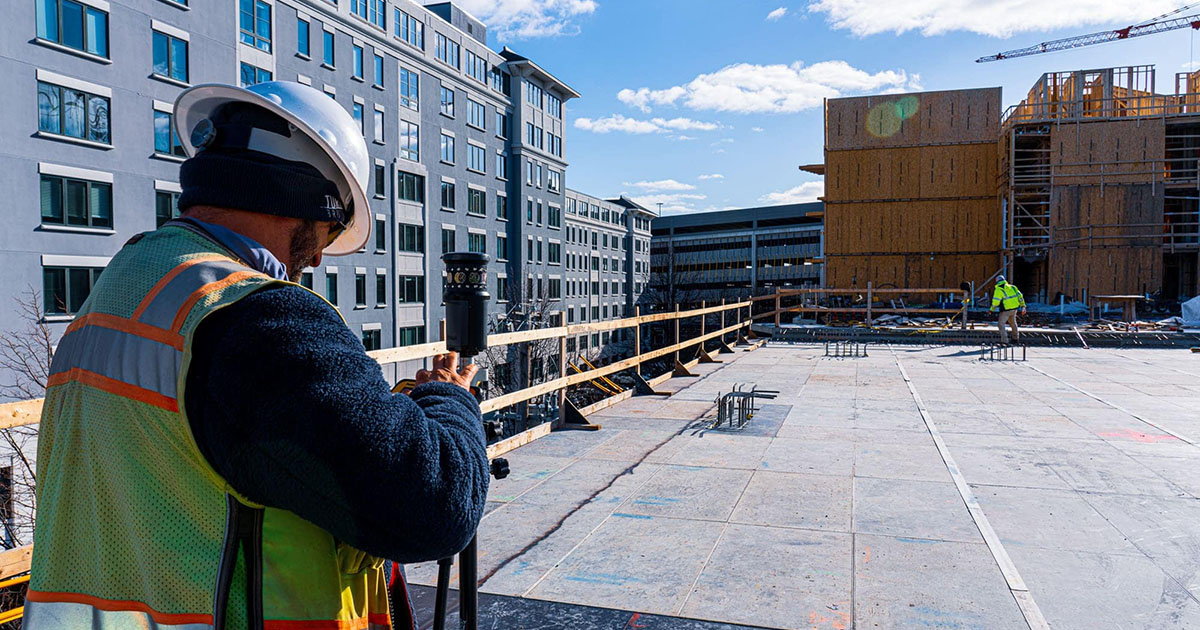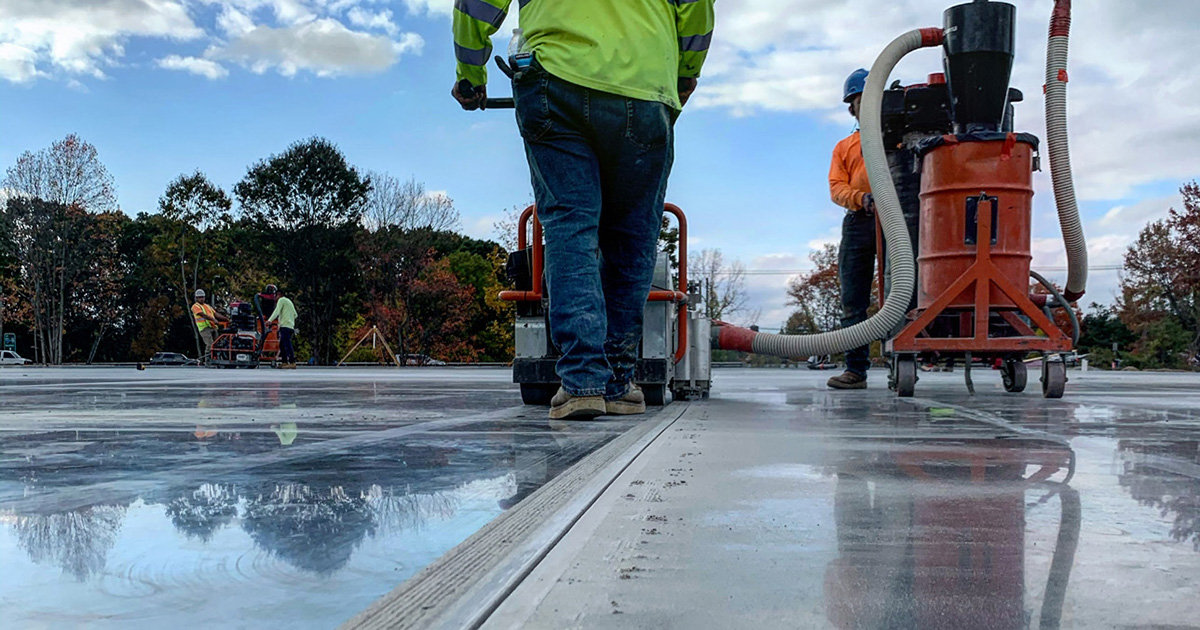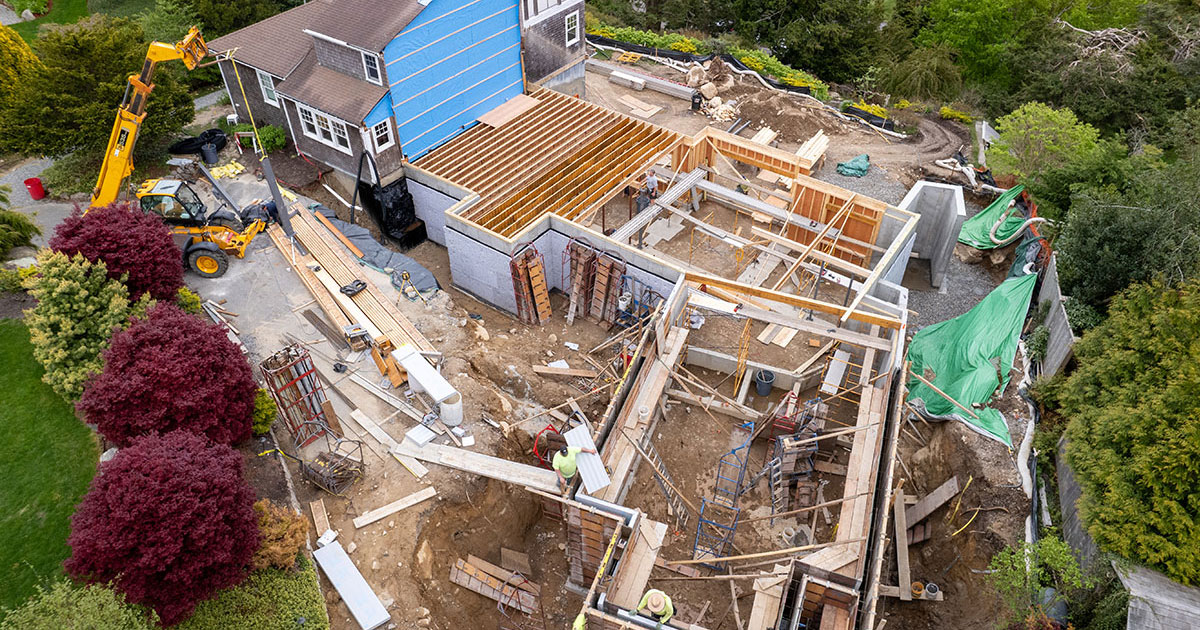
Construction Onboarding and Training Tips: Building a Skilled and Productive Workforce
Effective onboarding and training are crucial in the construction industry, where safety, efficiency, and skill are paramount to project success. With labor shortages and high turnover rates, it’s more important than ever to implement structured onboarding processes that set employees up for long-term success. Proper training helps new hires get acclimated quickly, reduces safety risks, and ensures your team can deliver high-quality results.
In this article, we’ll explore key construction onboarding and training tips that help contractors build a skilled, safe, and productive workforce.
1. Start with a Structured Onboarding Plan
A comprehensive onboarding plan helps new hires get acclimated quickly, understand their roles, and feel confident in their abilities. Onboarding is your opportunity to set expectations, introduce company culture, and ensure your team starts strong.
Key Elements of a Structured Onboarding Plan:
- Pre-boarding: Before the new hire’s first day, provide essential paperwork (e.g., tax forms, insurance information) and welcome materials that outline company values, policies, and safety procedures.
- Day One Orientation: Use the first day to give a thorough introduction to your company, its history, core values, and safety culture. Introduce key team members and provide a detailed schedule for training.
- Job Role Overview: Ensure the new hire understands their specific responsibilities and how their role fits into the bigger picture. Outline goals for the first 30, 60, and 90 days.
- Safety Protocols: Go over critical safety measures, such as the use of personal protective equipment (PPE), hazard communication, and emergency procedures. This step is vital in construction, where job sites can be hazardous.
A structured onboarding plan reduces confusion, increases employee engagement, and gets new hires up to speed faster.
2. Prioritize Safety Training
In the construction industry, safety is always the top priority. Proper safety training not only helps protect employees but also reduces the risk of costly accidents, injuries, and downtime. Every new hire, regardless of their experience, should receive detailed safety training.
Safety Training Best Practices:
- Provide OSHA Training: Offer Occupational Safety and Health Administration (OSHA) training programs to ensure employees understand workplace safety standards and their legal responsibilities.
- Job-Specific Safety: Tailor safety training to the specific tasks of each role. For example, a worker using heavy equipment will need specialized training on safe operation procedures, while those working at heights will require fall protection training.
- Hands-On Safety Drills: Use hands-on exercises to demonstrate safety practices, such as proper lifting techniques, tool handling, and the use of PPE. Simulating real-life scenarios helps workers understand the risks and practice safe behavior.
- Ongoing Safety Checks: Safety training should be continuous. Implement regular safety refresher courses and job site inspections to reinforce safety standards and correct any unsafe practices.
When workers are properly trained on safety protocols, it creates a safer environment and significantly reduces the chance of incidents on the job site.
3. Implement Job Shadowing and Mentorship Programs
For hands-on industries like construction, job shadowing and mentorship programs are highly effective ways to help new hires learn the ropes. Pairing new employees with experienced workers gives them real-world exposure and ensures they can learn from the best.
Benefits of Job Shadowing and Mentorship:
- Real-World Learning: By shadowing seasoned workers, new employees can observe tasks firsthand and learn best practices in real time.
- Building Relationships: Mentorship helps foster relationships between new hires and their colleagues, making them feel more comfortable in their role.
- Skill Transfer: Mentors can pass down valuable knowledge and skills, such as how to operate specific machinery, work with particular materials, or follow intricate construction processes.
Mentorship programs not only help develop new workers but also improve retention by creating a sense of belonging and providing ongoing support.
4. Tailor Training Programs to Employee Roles
Not all construction roles require the same skill sets. Tailoring training programs to each employee’s role ensures they receive the most relevant information for their job function, leading to greater productivity and efficiency.
Role-Specific Training Tips:
- General Laborers: Focus on basic construction skills, such as operating hand tools, material handling, and understanding job site procedures. Safety training should cover foundational topics like PPE use, hazard recognition, and proper lifting techniques.
- Skilled Trades: For electricians, plumbers, carpenters, and other skilled trades, training should include both the technical aspects of the trade and industry standards, such as local building codes or electrical safety guidelines.
- Supervisors and Managers: Training for supervisory roles should emphasize leadership skills, project management, and communication. Teach them how to manage job site productivity, handle conflict, and ensure team compliance with safety protocols.
Customizing your training to the specific needs of each role ensures that employees are better equipped to succeed in their job.
5. Leverage Technology for Training and Development
Technology is transforming the way construction companies train their employees. By incorporating digital tools and platforms into your training program, you can make learning more engaging, track employee progress, and ensure consistency.
How Technology Can Enhance Training:
- E-Learning Platforms: Use online training platforms to deliver courses on safety, equipment operation, and industry regulations. These platforms allow employees to learn at their own pace and provide easy access to important materials.
- Virtual Reality (VR) Training: VR simulations can be used to create lifelike construction site scenarios for training, such as operating heavy machinery or navigating complex job sites. VR is particularly useful for practicing dangerous tasks in a controlled environment.
- Mobile Apps: Equip employees with mobile training apps that provide on-demand access to instructions, safety checklists, and how-to videos. These apps are great for reinforcing skills on the job site.
By embracing technology, construction companies can modernize their training programs, improve efficiency, and ensure that all employees receive standardized training.
6. Monitor Progress and Provide Feedback
Training doesn’t end after the first week. Monitoring progress and offering ongoing feedback are key to ensuring that employees are mastering the necessary skills and continuing to grow in their roles.
Effective Monitoring and Feedback Strategies:
- Set Measurable Goals: Establish clear, measurable goals for each stage of training. Track whether employees are meeting these goals, and provide support for those who need additional help.
- Regular Check-Ins: Schedule one-on-one check-ins with new hires during the first few months to discuss their progress, address any challenges, and gather feedback on their training experience.
- Performance Evaluations: Use formal evaluations at the 30-, 60-, and 90-day marks to assess performance and skill development. This process helps ensure that employees are on the right track and allows you to adjust training if necessary.
Consistent feedback helps employees improve and gives them confidence in their abilities, leading to higher retention and productivity.
7. Foster a Culture of Continuous Learning
In the construction industry, new techniques, technologies, and regulations are constantly evolving. To stay competitive, companies should cultivate a culture of continuous learning that encourages employees to keep developing their skills and knowledge.
How to Promote Continuous Learning:
- Offer Ongoing Training Opportunities: Provide employees with access to additional training programs, certification courses, or workshops that can enhance their skills and advance their careers.
- Encourage Cross-Training: Cross-train employees in different roles so they can handle various tasks on the job site. This not only increases flexibility but also improves collaboration among team members.
- Recognize and Reward Learning: Create incentives for employees to participate in ongoing training. Recognize achievements with certifications, promotions, or financial rewards to encourage further learning.
A culture of continuous learning benefits both the employee and the company, as it keeps your workforce adaptable, skilled, and ready for the next challenge.
Build a Skilled Workforce Through Effective Onboarding and Training
Implementing a structured onboarding and training program is essential for building a skilled, safe, and productive workforce in the construction industry. By focusing on safety, tailoring training to each role, leveraging technology, and promoting continuous learning, construction companies can reduce turnover, improve job site safety, and ensure long-term success. Following these construction onboarding and training tips will help you create a foundation for success and build a team that’s equipped to deliver high-quality work.




